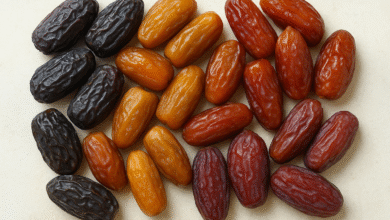UAE Central Bank cuts interest rates after US Fed decision
Emirates follows US Federal Reserve in reducing benchmark rates to bolster economic growth and monetary stability

UAE Central Bank Cuts Interest Rates Following Fed’s Policy Adjustment
Similar to the US Federal Reserve’s rate-cutting strategy to stimulate economic activity, the UAE Central Bank has cut its benchmark interest rate by 25 basis points.
As the dirham is pegged to the US dollar, this is another step towards the UAE aligning itself with US monetary policy.
Effective Thursday, the UAE Central Bank decreased its base rate for the Overnight Deposit Facility (ODF) to 4.40%. However, the rate for borrowing short-term liquidity remains unchanged at 50 basis points above the base rate, as announced on Wednesday. The updated rates are intended to serve as a steady interest rate floor for the UAE’s money markets and to direct monetary policy.
In order to combat the economic downturn and address inflationary worries, the Federal Reserve decided to lower interest rates as part of a larger easing cycle that started with a 50 basis point decrease in September.
By lowering the interest rate on reserve balances by 25 basis points, the Fed signals confidence in the subsiding inflationary pressures that followed its aggressive rate hikes over the past year.
Monetary Policy Impacts Across the Gulf
Gulf Cooperation Council (GCC) nations, whose currencies (except Kuwait) are pegged to the US dollar, generally follow the Fed’s rate decisions. The Qatar Central Bank lowered its repo rate by 30 basis points to 4.85% on Wednesday, while the Saudi Central Bank lowered its repo and reverse repo rates by 25 basis points. In keeping with larger regional plans to preserve monetary stability, the Central Bank of Bahrain similarly reduced its overnight deposit rate to 5%.
In a more customized move, the Central Bank of Kuwait, whose dinar is based on a basket of currencies, lowered its discount rate by 25 basis points to 4%. This incremental adjustment ensures that it is in line with regional economic realities, while preserving macroeconomic stability.
Economic diversification and resilience
The price reduction builds on the UAE’s continued efforts to move its economy away from oil. The non-oil sector is expected to grow by 4% in 2024, according to the latest data, which will help overall GDP grow by 4%. Aided by the inflation trends in food and non-trade items, the UAE Central Bank has lowered its inflation forecast to 2.2% from 2.3%.
Although heavily affected by oil prices, GCC countries are making significant investments in diversification efforts. For example, Saudi Arabia and the UAE are investing billions in renewable energy, technology and infrastructure, demonstrating their commitment to long-term economic viability.
Global and regional implications
With the aim of strengthening economic resilience, the UAE’s rate change is part of a larger regional response to the central bank’s devaluation. Amid global financial turmoil, these policy reforms are expected to increase liquidity, stimulate investment and improve economic momentum by creating a favorable interest rate environment.





